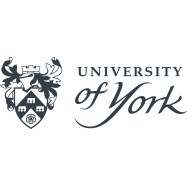Harnessing "nature's rainbow" at Cardiff University
Over 20 years of research into the way in which living creatures can generate their own natural lights or ‘bio-luminescence’ enabled Professor Anthony Campbell and his colleagues at the University of Wales School of Medicine (now part of Cardiff University) to develop an important new tool for medical and health research.
Professor Campbell’s research throughout the 1970s and 1980s led him to the discovery that living creatures could produce light using special proteins called luciferases. He then realised that by combining these special proteins with other molecules, he could use the emission of light to measure important biological processes. Scientists could use this to accurately measure processes in living cells and, ultimately, to diagnose diseases.
The tools discovered by Professor Campbell are now used routinely in science and medicine, and have helped scientists to explore biology and disease – from the process of blood-clotting, to exploring how cells communicate with each other, to screening for potential new drugs. In 1988, Molecular Light Technology Ltd was formed by Professor Campbell’s co-inventors, and in 2003, the company was acquired by Gen Probe Inc for $7.2m. All this could hardly have been predicted when Professor Campbell began his studies in the 1970s. As he points out:
“It all started by me being curious about how animals that make their own light can produce a rainbow.”
-
Hamir Patel
hamir.patel@russellgroup.ac.uk
020 3816 1316
-
Stephanie Smith
020 3816 1310
 X
X


